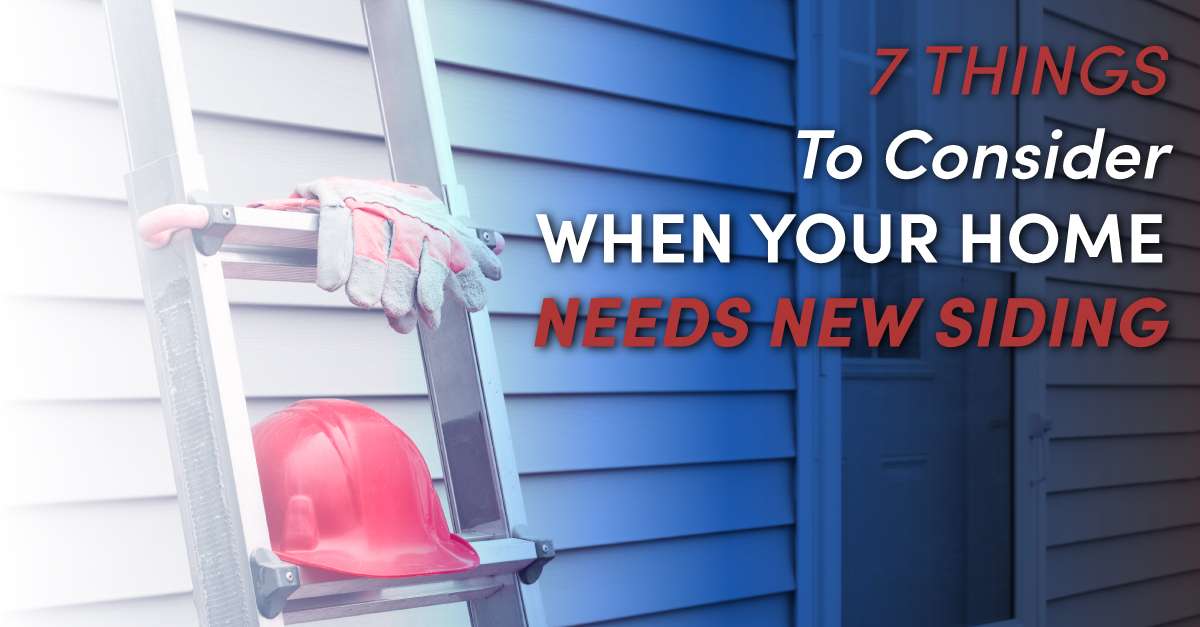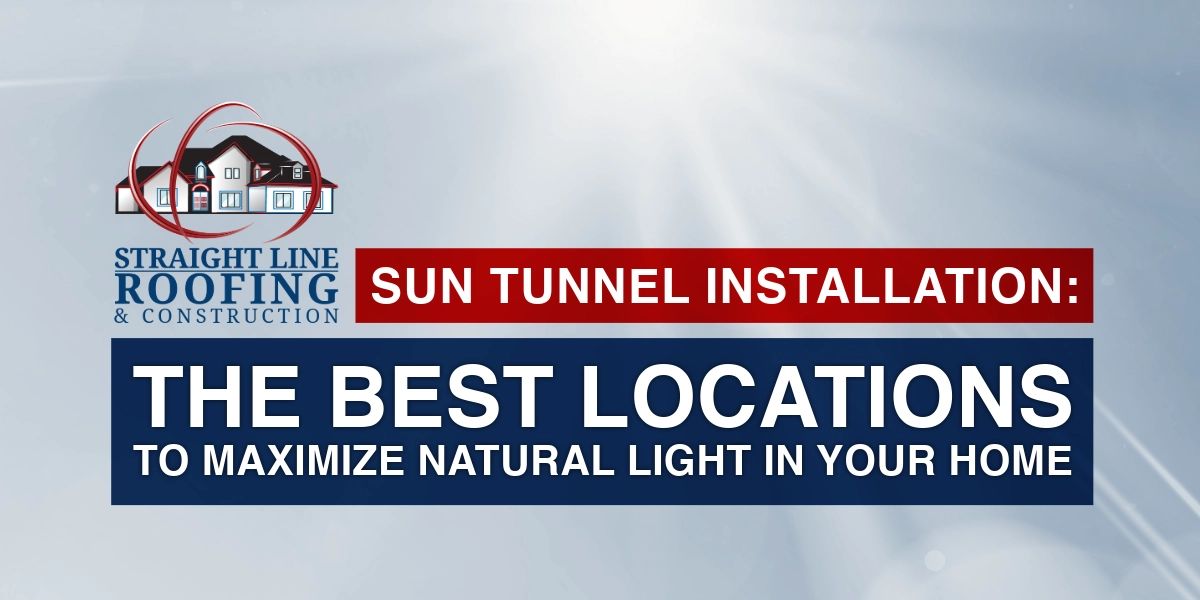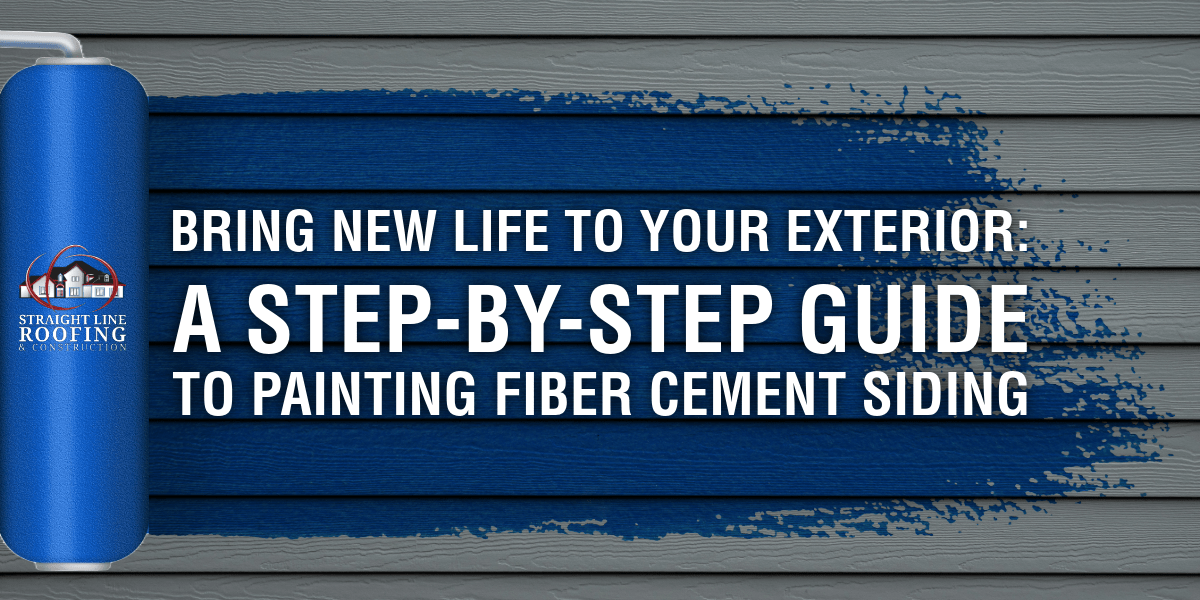As the first line of defense for your home, exterior siding works overtime to keep the elements at bay, and it can do so successfully for decades. However, no siding is designed to last forever. Over time, your siding can succumb to heavy rain, whipping wind, and other weather threats.
Factors to Consider When Choosing a Siding Material
There are multiple options available for homeowners when it comes to choosing siding materials. However, wood, engineered wood, and fiber cement are the most popular options for the Sacramento climate. You will need to strike a delicate balance between good looks, affordability, durability, and ease of maintenance to pick the right siding material for your home.
Here are seven important factors to consider when shopping for new siding:
1 – Longevity/Lifespan
Consider the manufacturer’s rated lifespan of the siding product. Different siding options offer varying lifespans. Fiber cement siding can last as long as 50 years with proper maintenance.
Engineered wood siding can offer a lifespan of up to 60 years while natural wood siding offers the least life expectancy of 20-30 years depending on how well you care for it.
2 – Durability
The right siding material withstands temperature fluctuations and stands up against regular weather events such as rain, snow, and wind. With modern manufacturing techniques, fiber cement siding gives you the performance of masonry with the aesthetic look of painted wood, stone, brick, or shingles. The material is durable and resilient as it’s made of wood pulp and Portland cement.
Engineered wood offers the aesthetics of wood and the durability and functionality of fiber cement. It resists pests, rot, fungal decay, fire, wind, hail, and rain.
Engineered wood is also scratch-resistant, withstands impact damage, and holds paint well. Unlike fiber cement, you can hit this siding material with a sledgehammer and it won’t break easily.
Regular wood siding is often prone to rot, warps, and cracks when exposed to extreme weather situations, making it the least durable option.
3 – Style and Color Choices
Your siding plays a major role when it comes to the beauty and curb appeal of your property. Make sure you pick an aesthetically pleasing material which comes in a wide range of impressive styles and colors.
Wood siding is naturally beautiful and offers a classic look and feel. It comes in multiple species and grades, with the more expensive grades showing fewer blemishes. Common styles include horizontal, vertical, and other groove patterns. Moreover, wood siding can be primed, painted, or stained.
Engineered wood offers similar aesthetics but with the added benefits of durability and ease of maintenance.
Today’s fiber cement is very classy in look and comes in a variety of finishes. It can be molded to mimic wood shingles, clapboard, stucco, and masonry. Besides, it allows for deeper grooves and an authentic wood-grain effect. The material is highly customizable with trim and millwork pieces to provide a comprehensive exterior design.
4 – Maintenance
You want a siding material which requires very little to no maintenance. Fiber cement siding is a low-maintenance material and resists rot, pests, and fire. It doesn’t contract or expand due to heat or cold. However, fiber cement is prone to scratching, impact damage, and cracks due to structural movement.
Engineered wood is also a durable and low-maintenance siding material. It comes in a wide range of beautiful finishes which are easy to clean and maintain.
While wood siding is undoubtedly beautiful, it requires a lot of maintenance and upkeep. Wood also burns well, so it’s not recommended for areas which experience frequent fires. It doesn’t hold paint well, so you’ll need to apply a fresh coat of paint every few years.
5 – Cost Effectiveness
Other than the price, the best siding should offer real value for your money. Fiber cement siding is highly cost-effective as it offers impressive durability and ease of maintenance. However, it’s an extremely stiff material and the installation can be hazardous as it contains silica and carcinogens.
Wood is an expensive siding choice and can easily warp, crack, or split under extreme weather conditions. However, engineered wood eliminates these drawbacks while maintaining the aesthetic of natural wood.
6 – Warranties
Different siding materials come with varying warranty levels. Fiber cement is extremely durable and is commonly warrantied for 50+ years. Warranties on wood siding often range around 20 years while those on engineered wood ranges between 25 and 50 years.
7 – Energy Efficiency
Always check the R-value rating of the siding for energy efficiency and savings. If you insist on better thermal performance, consider wood siding as it boasts an enhanced insulating capacity. Other siding material may not offer the best R-value, but modern installations allow for the installation of an extra insulation layer to enhance energy efficiency.
At Straight Line Roofing & Construction, we offer high-quality siding installation and services. Our product range includes LP Smartside Siding, Roseburg DuraTemp Siding, and James Hardie Siding in a broad range of styles and colors to suit your individual needs. If you live in Sacramento, CA, visit our showroom and speak with one of our experienced consultants, or contact us online today for more information!








